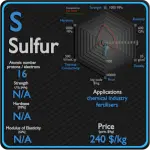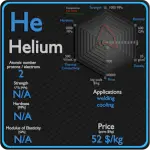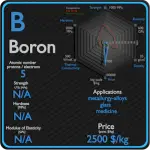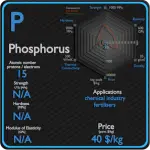This article contains comparison of key thermal and atomic properties of oxygen and calcium, two comparable chemical elements from the periodic table. It also contains basic descriptions and applications of both elements. Oxygen vs Calcium.
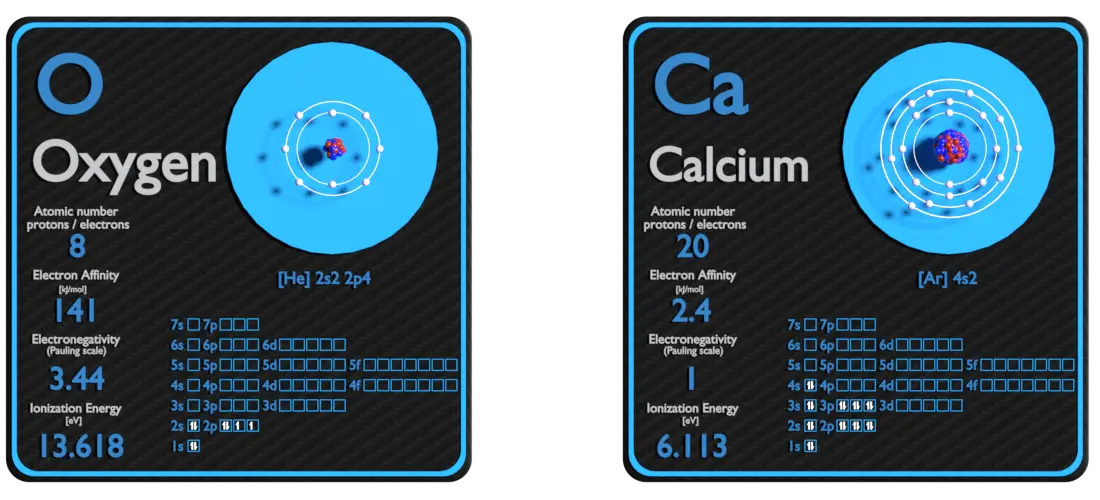
Oxygen and Calcium – About Elements


Source: www.luciteria.com
Oxygen and Calcium – Applications
Oxygen
Common uses of oxygen include production of steel, plastics and textiles, brazing, welding and cutting of steels and other metals, rocket propellant, oxygen therapy, and life support systems in aircraft, submarines, spaceflight and diving. Smelting of iron ore into steel consumes 55% of commercially produced oxygen. In this process, oxygen is injected through a high-pressure lance into molten iron, which removes sulfur impurities and excess carbon as the respective oxides, sulfur dioxide and carbon dioxide. Uptake of oxygen from the air is the essential purpose of respiration, so oxygen supplementation is used in medicine. Treatment not only increases oxygen levels in the patient’s blood, but has the secondary effect of decreasing resistance to blood flow in many types of diseased lungs, easing work load on the heart.
Calcium
The largest use of metallic calcium is in steelmaking, due to its strong chemical affinity for oxygen and sulfur. Its oxides and sulfides, once formed, give liquid lime aluminate and sulfide inclusions in steel which float out. Calcium compounds are used as manufacture of insecticides, paints, blackboard chalk, textile and fireworks.
Oxygen and Calcium – Comparison in Table
| Element | Oxygen | Calcium |
| Density | 0.00125 g/cm3 | 1.55 g/cm3 |
| Ultimate Tensile Strength | N/A | 110 MPa |
| Yield Strength | N/A | N/A |
| Young’s Modulus of Elasticity | N/A | 20 GPa |
| Mohs Scale | N/A | 1.5 |
| Brinell Hardness | N/A | 170 – 400 MPa |
| Vickers Hardness | N/A | N/A |
| Melting Point | -209.9 °C | 842 °C |
| Boiling Point | -195.8 °C | 1484 °C |
| Thermal Conductivity | 0.02598 W/mK | 200 W/mK |
| Thermal Expansion Coefficient | N/A | 22.3 µm/mK |
| Specific Heat | 1.04 J/g K | 0.63 J/g K |
| Heat of Fusion | (N2) 0.7204 kJ/mol | 8.54 kJ/mol |
| Heat of Vaporization | (N2) 5.56 kJ/mol | 153.3 kJ/mol |




